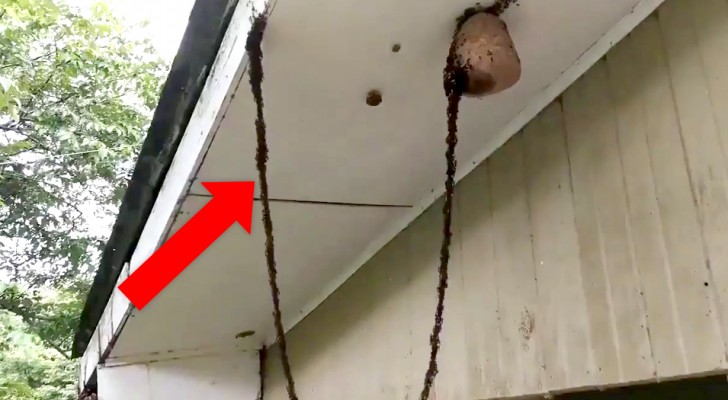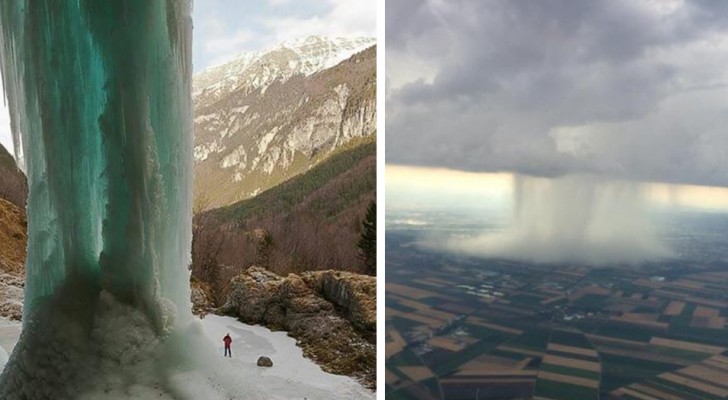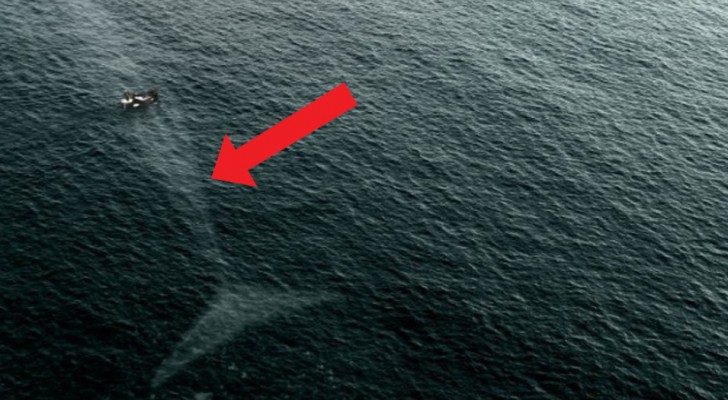What happens to soil AFTER an earthquake?

There is a little-known phenomenon that follows a strong earthquake. It is called soil liquefaction or earthquake liquefaction and is an event that is closely linked to the type of terrain or soil that is hit by an earthquake.
Soil liquefaction occurs when sediment (soil) that is subjected to intense vibration and pressure suddenly loses its natural consistency and behaves as if it were a liquid.
This phenomenon can be observed in areas that have clay, sandy, or water-rich terrains even as far away as 40 km (25 miles) from the earthquake epicenter.
Here is a simulation of soil liquefaction following an earthquake.
To understand the physics of the phenomenon just fill a container with sea sand. Then place a stone on the surface and alternate pressure and vibration.The result is the transformation of the sand into a muddy substance, much more liquid than at the beginning.
This is what happens with water-rich soil. The phenomenon follows intense earthquakes and consequently, further complicates the precarious situation of affected populations.
Here is a video filmed in an olive grove in Fermo, one of the provinces in the Marche region, also hard hit by a recent earthquake in central Italy.





